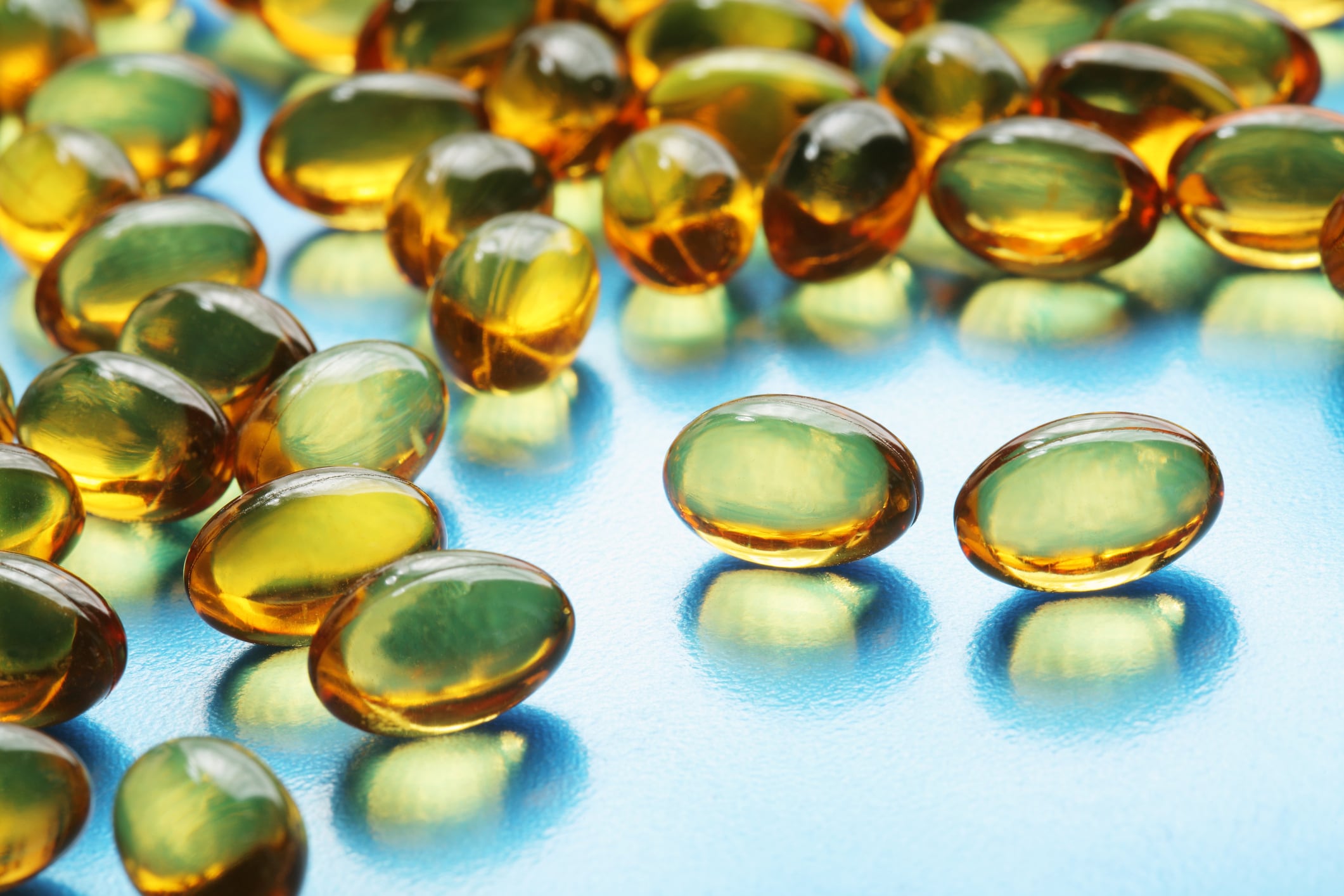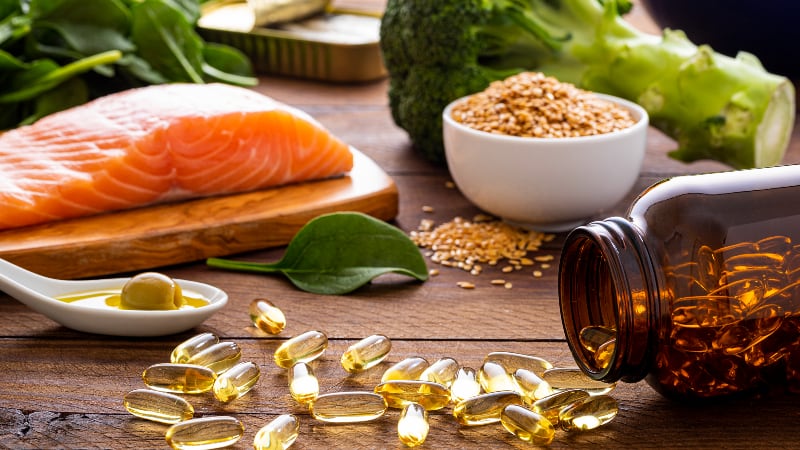Writing in the journal Nature Aging, an international team of researchers analyzed data from 777 Swiss older adults extracted from the DO-HEALTH trial to explore the effects of vitamin D (2,000 IU per day), omega-3 (1 g per day) and a home exercise program on DNA methylation (DNAm) measures of biological aging over the course of three years.
“The aim of the DNAm analysis in DO-HEALTH Bio-Age was to assess the effects of the interventions at the molecular level,” they wrote. “Three of the four DNAm measures showed the clearest signal for omega-3, highlighting a specific and notable epigenetic response.”
The research team included scientists affiliated with the University of Zurich, University of Basel, Columbia University, Monash University, Tufts University, Geneva University Hospitals and Faculty of Medicine, IHU HealthAge, Toulouse University Hospitals, Harvard University T.H. Chan School of Public Health and Altos Labs Cambridge Institute of Science.
Slowing the epigenetic clock
Prior observational and small clinical studies have linked each of the three treatments tested in the DO-HEALTH trial to modulation of epigenetic clock measures of aging and omega-3 to DNAm changes, the researchers noted.
Epigenetic clocks—initially developed by Gregory Hannum while at the University of California-San Diego, and separately by geroscientist Steve Horvath, an author on the current study—are DNA methylation (DNAm) algorithms that combine information from measurements across the genome to quantify variations in biological versus chronological aging. This line of discovery has evolved into second- and third-generation clocks used in the current study.
“Many DNAm clocks have been associated with age-related morbidity and mortality,” the researchers wrote. “However, evidence of an association with morbidity and mortality as well as lifestyle is the strongest for the second-generation clocks and the third-generation clock DunedinPACE.”
The epigenetic research builds on a previous study including all 2,157 DO-HEALTH trial participants showing that omega-3 alone reduced the rate of infections by 13% and the rate of falls by 10%, and all three interventions combined had a significant additive benefit on reducing prefrailty by 39% and incident invasive cancer by 61% over a 3-year follow-up.
Study details
This epigenetic analysis of the data considered blood samples taken from participants at the start and end of the study using four clocks—PhenoAge, GrimAge, GrimAge2 and DunedinPACE—to capture distinct aspects of biological aging.
“Omega-3 alone slowed the DNAm clocks PhenoAge, GrimAge2 and DunedinPACE, and all three treatments had additive benefits on PhenoAge,” the study reported. “Overall, from baseline to year 3, standardized effects ranged from 0.16 to 0.32 units (2.9–3.8 months).”
In addition to the small protective effect of omega-3 treatment and the additive effects of vitamin D and exercise, the researchers noted that the level of specificity of the epigenetic response is encouraging and supports the idea that targeted nutritional strategies can have distinct epigenetic aging effects.
“Moreover, the observation that individuals with lower starting levels of omega-3 exhibited larger epigenetic shifts further strengthens the case for personalized approaches,” they wrote. “This suggests that baseline nutritional status may modulate the extent of epigenetic responsiveness, emphasizing the potential of omega-3 as a targeted intervention to influence DNAm age and, by extension, biological aging.”
While there is no gold standard measure for biological aging, the study acknowledged “the positive findings from the three best-validated epigenetic clocks analyzed support the geroscience hypothesis that slowing biological age can contribute to preventing chronic diseases” and encourage further analysis at additional time points and among the wider cohort of DO-HEALTH participants.
‘Far from finding the elixir of life’ but ‘nothing short of exciting’
Commenting on the study findings, Harry Rice, PhD, vice president of regulatory and scientific affairs at the Global Organization for EPA and DHA Omega-3s (GOED) said that they are nothing short of exciting but noted several limitations.
“This was a post-hoc exploratory analysis, so the results should be used to design future research, not draw conclusions,” he said. “While the interventions slowed biological aging, whether this translates to an increased lifespan or quality of life has yet to be determined,” he said.
“Also, the results provide evidence supporting the geroprotective benefits in a very well-defined population. Future research will need to be conducted in other populations so the results can be generalized.”
Regardless of the limitations, he noted that the results are particularly exciting considering other omega-3 anti-aging research demonstrating benefits of EPA+DHA for staving off the shortening of telomeres (a sign of wear and tear on a cell and a hallmark of aging).
“While we’re far from finding the elixir of life or even being able to make a structure/function claim about the anti-aging benefits of EPA+DHA, live the healthiest life you can by taking a daily EPA+DHA rich supplement, eating a healthy diet and exercising,” Rice said.
Source: Nature Aging. doi: 10.1038/s43587-024-00793-y. “Individual and additive effects of vitamin D, omega-3 and exercise on DNA methylation clocks of biological aging in older adults from the DO-HEALTH trial”. Authors: Heike Bischoff-Ferrari et al.



